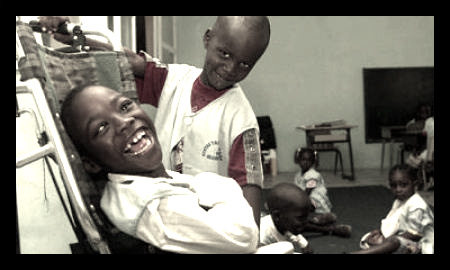Why We Must Fight for Disabled Children in Africa

93 million children around the globe have a moderate or severe disability. Many of these children live in developing nations that do not have the financial or social tools to make necessary accommodations for special needs children. Even more disturbing is the discrimination against children with special needs, making children who need our support the most feel abandoned.
This is where Able Child Africa (ACA) steps in. ACA was founded in the wake of the Ugandan Civil War in 1984 with a vision of helping children with disabilities realize a future of equality and inclusion in society.
The organization seeks to break down the social barriers that demean special needs people. These barriers are broken down into three categories: physical and environmental barriers that prevent access to buildings, transportation and the like as well as institutional barriers such as governmental policy that fails to recognize the equality of disabled people and negative popular attitudes about disability.
ACA works locally with communities in order to help create a sustainable culture of change for special needs children. For example, ACA is partnered with the Ugandan Society for Disabled Children. Together, the two organizations oversee support groups for parents of special needs children and run training programs to teach elementary and secondary school teachers how to be more inclusive. ACA also runs two centers in Kenya and Tanzania, respectively.
Although 63 percent of children in African countries are now completing a primary education, only two percent of children with disabilities complete this stage. In 2006, the United Nations held the Convention on the Rights of Persons with Disabilities, which requires all member nations to be inclusive for disabled persons in all levels of education. With such a gap between traditional and special needs students, much work must be done. ACA is willing to take up the fight.
– Taylor Diamond
Sources: UNICEF, Able Child Africa
Photo: The Guardian
